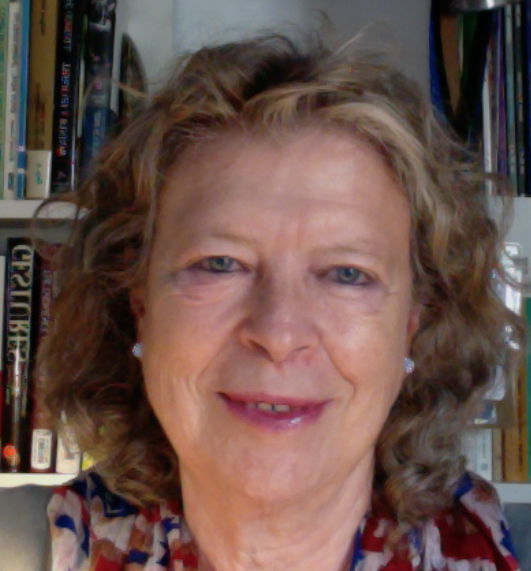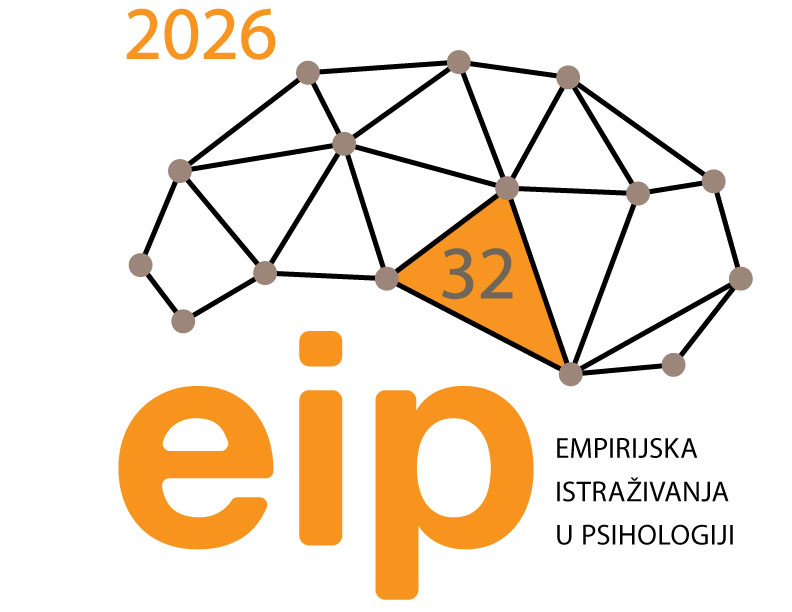Early Development of Executive Functions in the Everyday Life
Cintia Rodríguez
Universidad Autónoma de Madrid, Spain
Towards the end of the first year, children begin to intentionally control their behavior to pursue significant goals. This intentional control implies an organization of action often referred to as self-regulation or Executive Functions.
Despite extensive research, the origins of EF remain largely elusive, particularly prior to the age of 3, when language has not yet consolidated as the main tool for communication and behavior control. Increasingly, researchers claim that EFs begin at the end of the first year of life through forms of pre-verbal semiotic mediation.
Grounded in these ideas, we have focused on studying the construction and development of EFs through a pragmatic lens. We have conducted longitudinal studies focusing on children’s actions (between 8 and 18 months) in their everyday contexts at early-years-school. These investigations show that children set goals of increasing complexity for themselves from the end of the first year of life, employing creative strategies to achieve them. To focus on children’s own goals supposes a shift from the traditional study of EFs, which typically involves researcher-defined objectives.
Children’s primary goals largely revolve around being able to use objects by their function. Mastering these uses is not obvious; they entail varying levels of difficulty, posing genuine challenges for children. To achieve these, children must persist in their actions, inhibit distractions and irrelevant behaviors, flexibly switch between strategies, and sometimes plan and evaluate their own performance. Children self-regulate through (1) their own action, when they use objects and tools, and (2) their gestures, when they produce private gestures as ways of reflecting on their actions.

